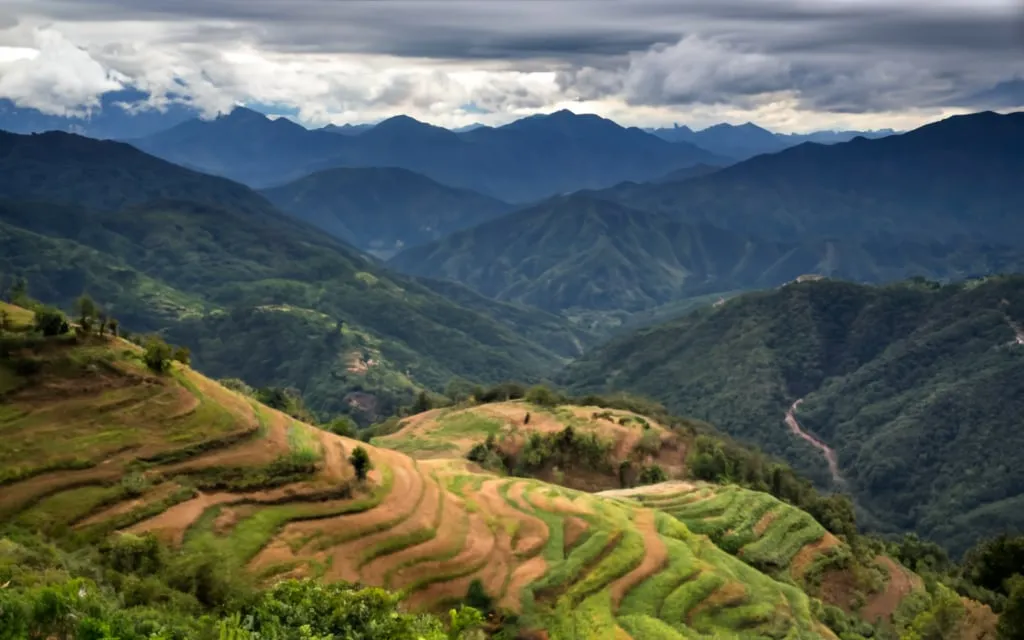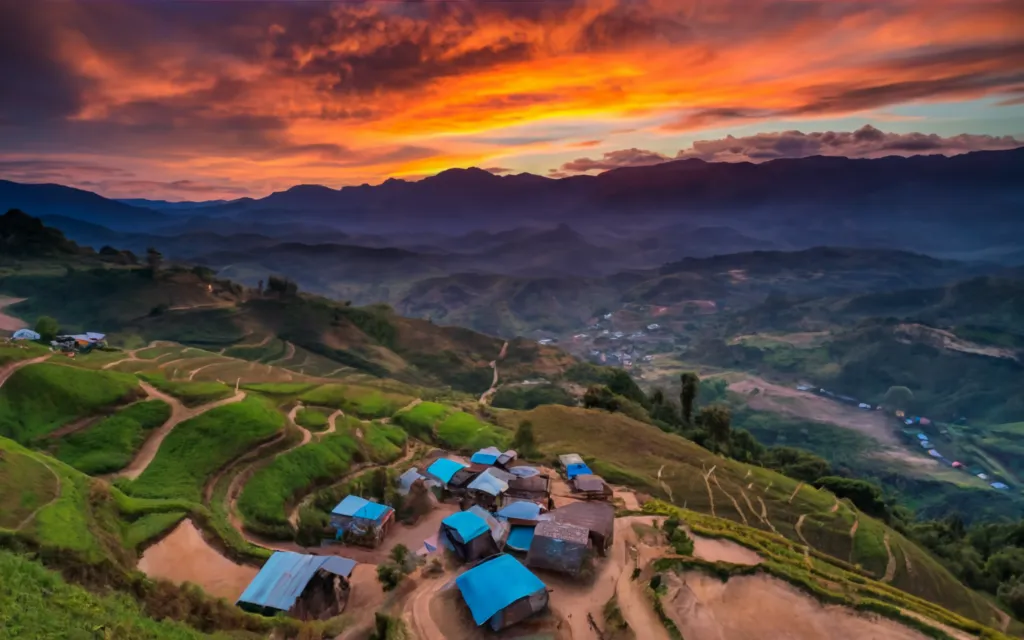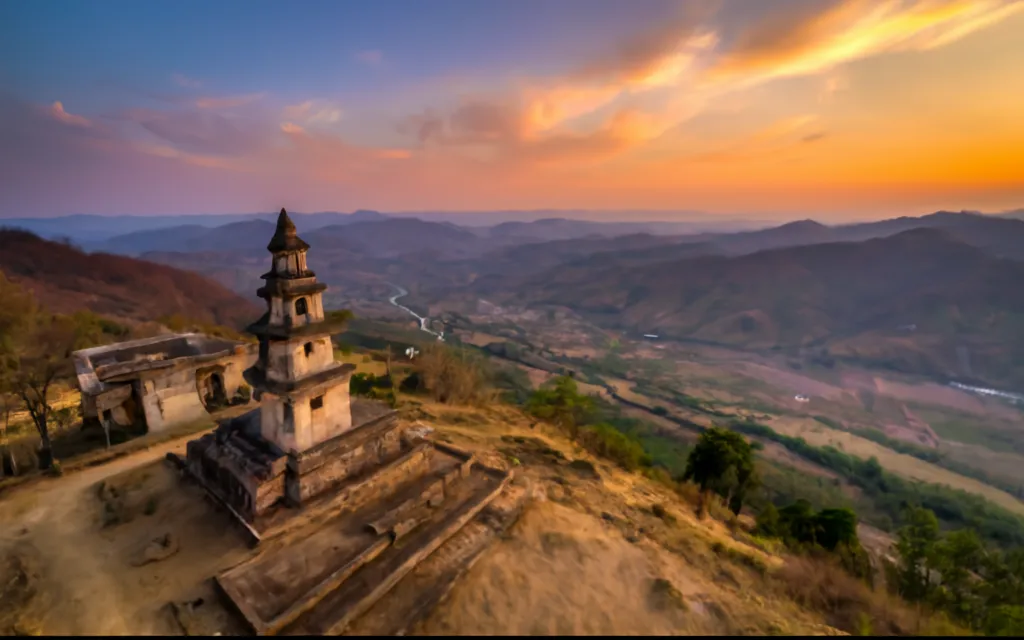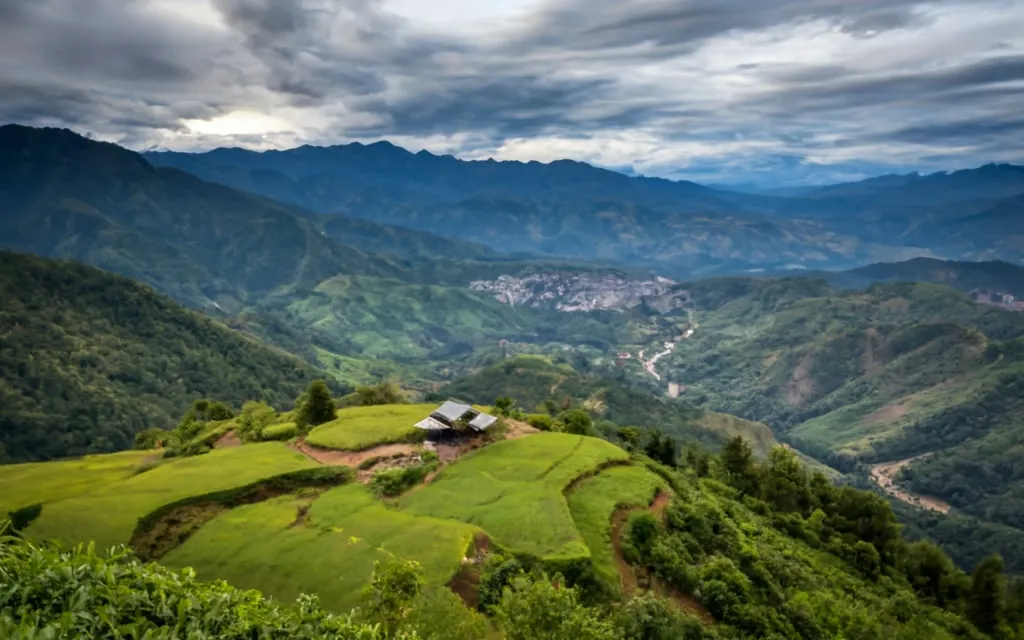Table of Contents
Chin State, located in the rugged mountains of Myanmar, is known for its breathtaking scenery and diverse cultures. Yet, it faces significant challenges, from poverty to inadequate infrastructure.
This article delves into these issues, exploring the complex dynamics of Chin State and the efforts to improve living conditions for its residents.
Mountainous Terrain
Isolation and Opportunity
Chin State’s mountainous terrain is both a barrier and a blessing. The rugged landscape isolates communities, making travel and transportation difficult.
Poor road conditions hinder access to essential services, contributing to the state’s high poverty levels. However, the mountains also offer opportunities. They are home to unique flora and fauna, and the stunning vistas have the potential to attract tourists.
Improved infrastructure could transform these natural assets into economic opportunities, fostering development and reducing isolation.
Ethnic Diversity

Cultural Riches, Economic Challenges
Chin State is home to a rich tapestry of ethnic groups, each with its languages, traditions, and customs. This cultural diversity is a source of pride and identity for the people of China.
However, it also presents economic challenges. Many ethnic communities live in remote areas with limited access to education and healthcare.
Financial opportunities are scarce, and traditional livelihoods, such as farming, are often insufficient to lift families out of poverty. Addressing these challenges requires culturally sensitive development strategies that respect and preserve each community’s heritage.
Poverty’s Grip
Economic Indicators and Human Cost
Chin State is one of the poorest regions in Myanmar, with high rates of poverty and unemployment. Economic indicators are bleak: low income levels, inadequate housing, and limited access to essential services. The human cost of this poverty is immense.
Children suffer from malnutrition, and families struggle to afford healthcare and education. The lack of economic opportunities forces many to migrate for work, often leaving behind elderly relatives and young children.
Breaking the cycle of poverty requires comprehensive strategies that address both immediate needs and long-term development goals.
Natural Resources
Wealth, Environmental Threats
Chin State is rich in natural resources, including timber, minerals, and water. These resources hold the potential to drive economic growth and development. However, they are largely untapped due to insufficient infrastructure and investment.
Moreover, the exploitation of natural resources poses significant environmental threats. Deforestation, mining, and unsustainable agricultural practices can lead to soil erosion, loss of biodiversity, and water pollution.
Sustainable resource management is essential to ensure that economic development does not come at the cost of environmental degradation.
Infrastructure Deficit

Barriers to Development
One of the most significant barriers to development in Chin State is the need for more infrastructure. Poor road conditions, limited access to electricity, and inadequate water supply systems hinder economic growth and improve living standards.
The state’s mountainous terrain makes infrastructure development challenging and costly. Yet, with significant investments in infrastructure, Chin State will continue to catch up to other regions in Myanmar.
Addressing this deficit requires coordinated efforts from the government, private sector, and international partners to build roads, bridges, and essential services that can support sustainable development.
Education and Healthcare
Foundation for Progress
Education and healthcare are fundamental to the progress of any society, and Chin State is no exception. Access to quality education is limited, with many children unable to attend school due to distance, cost, or family obligations.
Those who do attend often face overcrowded classrooms and a lack of resources. Similarly, healthcare services are scarce, with few medical facilities and trained professionals. Improving education and healthcare is crucial for the state’s development.
Investment in schools, teacher training, medical facilities, and healthcare workers can help build a healthier, more educated population capable of driving economic and social progress.
Also Read: Beyond the Crash: What You Need to Know About Car Accident Claims
Conflict and Displacement
Hindrances to Growth
Chin State has experienced its share of conflict and displacement, further complicating its development challenges. Ethnic tensions, political unrest, and armed conflicts have led to displacement and instability.
These conflicts disrupt lives, displace communities, and create an environment of fear and uncertainty. Displaced persons often lose their homes, livelihoods, and access to services, exacerbating poverty and vulnerability.
Resolving conflicts and supporting displaced communities is essential for creating a stable and conducive environment for development. Peacebuilding efforts, reconciliation, and support for affected populations are critical components of this process.
Tourism Potential
Cultural Heritage and Eco-Tourism
Despite its challenges, Chin State holds significant tourism potential. Its rich cultural heritage, unique traditions, and stunning natural landscapes make it an attractive destination for travelers seeking off-the-beaten-path experiences.
Eco-tourism, in particular, can offer sustainable economic opportunities for local communities while preserving the state’s natural and cultural resources. Promoting tourism requires infrastructure, marketing, and capacity-building investment for local businesses and communities.
By developing tourism sustainably and inclusively, Chin State can tap into its cultural and natural wealth to drive economic growth and development.
Community Empowerment

Local Solutions, Sustainable Impact
Empowering local communities is critical to sustainable development in Chin State. Community-led initiatives and local solutions often have the most significant and lasting impact. Grassroots organizations, cooperatives, and community groups are crucial in addressing local needs and challenges.
Supporting these initiatives through funding, training, and capacity-building can help communities become more self-reliant and resilient. Empowering women, youth, and marginalized groups is significant, as they are often the most affected by poverty and exclusion.
Community empowerment can foster a sense of ownership and participation and lead to more sustainable and inclusive development outcomes.
Aid and Development
Partnerships for Progress
International aid and development partnerships support Chin State’s development efforts. Organizations like the World Bank, UN agencies, and NGOs provide critical resources, expertise, and support for various projects and initiatives. These partnerships help address immediate needs like food security and healthcare while supporting long-term development goals like infrastructure development and capacity building. Collaboration between local authorities, civil society, and international partners is essential for ensuring that development efforts are effective, sustainable, and aligned with the needs and priorities of the local population.
Closing Thoughts
Chin State faces numerous challenges, from poverty and inadequate infrastructure to ethnic diversity and environmental threats. However, it also holds significant potential for development and growth.
Addressing these challenges requires a comprehensive and coordinated approach that includes infrastructure development, sustainable resource management, education and healthcare improvements, conflict resolution, and community empowerment.
By leveraging its natural and cultural assets and fostering partnerships for development, Chin State can overcome its challenges and build a brighter future for its residents. The journey may be difficult, but progress is within reach with sustained efforts and support.
FAQs:
What is Chin State’s main challenge?
Chin State’s main challenge is its rugged terrain, which makes travel and transportation difficult and hinders access to essential services and economic opportunities.
Why is Chin State so poor?
Chin State suffers from high poverty due to isolation, lack of infrastructure, and limited access to education and healthcare.
What is the World Bank doing in Chin State?
The World Bank supports infrastructure projects and development programs in Chin State with the goal of improving roads, education, and healthcare.





